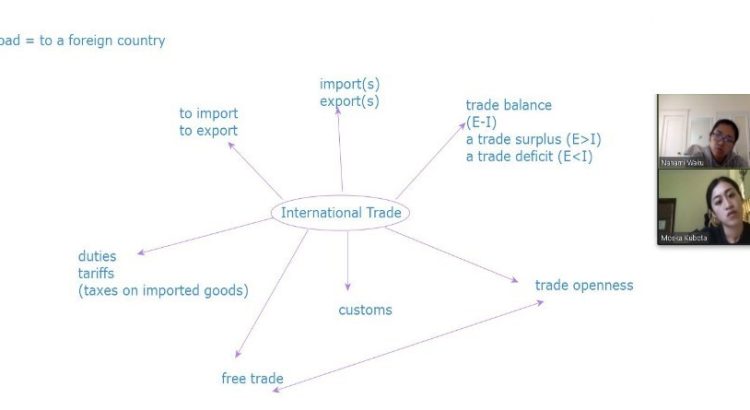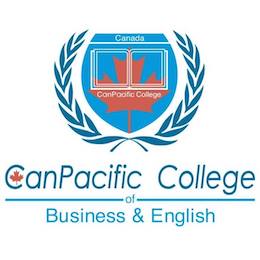A learning style is one’s preferred method and way of learning. Some individuals prefer to learn new material through visual methods. In that case, they are visual learners. In order to determine whether you’re a visual learner, try answering the following questions: When learning something new, do you try to visualize the information? Do you […]
Author: CanPacific

Breath or Breathe?
Once in a while, the word ‘breath’ is confused with ‘breathe.’ Well, there’s no need to worry, as the confusion will be cleared in this blog entry. Please take a look at the following sentences: In order to survive, people need to breathe. Deep breaths are supposed to be soothing. Based on the example sentences, […]
Affect or Effect?
Commonly Confused Words Some words are often confused. Let’s clarify their meanings. Today’s pair is affect and effect. Actually, affect is mostly used as a verb that means to influence. For example: The pandemic has negatively affected many people. Effect, on the other hand, is mostly used as a noun that means a change, result […]

Kinesthetic Learners
A learning style is one’s preferred method and way of learning. Kinesthetic learners are hands-on learners who prefer learning by doing, such as drawing, building, moving, etc. In order to determine whether you’re a kinesthetic learner, try answering the following questions: Do you prefer active participation in ESL activities over learning the theory? Are you […]

After Class
In addition to taking courses, it is recommended that ESL learners continue working on their English language skills after class. Below, you’ll find some examples of extra-curricular activities that will help you make further progress in learning the language. Read aloud Watch movies and TV programmes in English Listen to English-language radio programmes Practice speaking […]

